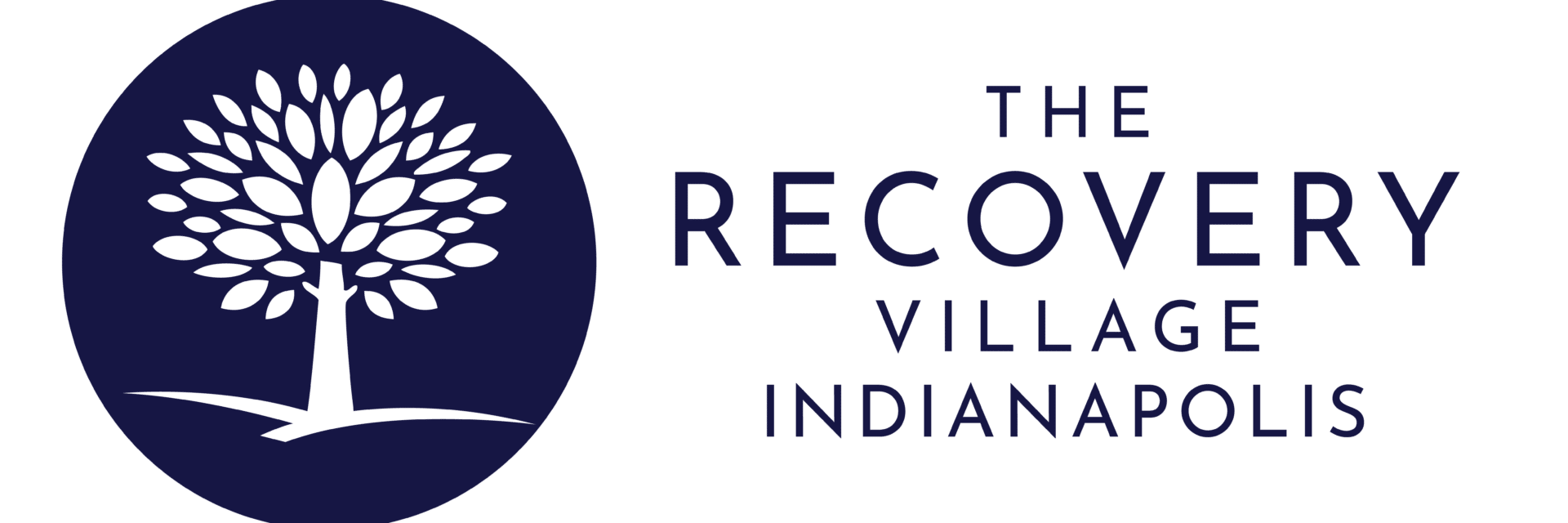Methamphetamine use is notorious for causing severe and visible skin issues. This article explores the appearance, underlying causes, and available treatments for meth-induced skin lesions.
Methamphetamine, commonly known as meth, is a highly addictive synthetic stimulant that can be snorted, smoked, or injected. Users often experience intense euphoria and heightened energy, but the drug’s high potential for abuse is accompanied by numerous serious psychological and physical repercussions. According to the 2023 National Survey on Drug Use and Health, 0.9% (2.6 million) of individuals aged 12 and older have used meth in the past year. Chronic meth use can lead to a range of detrimental effects, including severe skin problems, elevated blood pressure, irregular heartbeats, memory impairment, anxiety, dental issues, hallucinations, heart attacks, and strokes. One of the most noticeable consequences of meth addiction is the development of skin lesions known as meth sores. Understanding the nature, causes, and treatment options for meth sores is crucial for recognizing the dangers of meth use and seeking appropriate help.
What Are Meth Sores?
Meth sores are open wounds or lesions that develop on the skin of individuals who frequently use methamphetamine. These sores can appear in various parts of the body and result from a combination of physical and psychological factors. The duration and severity of meth sores depend on several factors, including the underlying health of the individual, the extent of drug use, and how quickly treatment is pursued.
Appearance of Meth Sores
Recognizing meth sores is essential for identifying meth addiction in oneself or others. Meth sores can manifest differently based on their location, duration, and whether they have become infected. Common areas affected include the face, neck, and arms. These sores may present as rashes, small dots, acne-like breakouts, burns, bite marks, blisters, or scabs. Additionally, meth use can lead to oral sores, a condition often referred to as “meth mouth,” which resembles canker sores or cold sores inside the mouth.
This Season, Give Yourself the Gift of a Fresh Start.
Whether you are struggling with addiction, mental health or both, our expert team is here to guide you every step of the way. Don’t wait— reach out today to take the first step toward taking control of your life.
Causes of Meth Sores
Understanding the causes of meth sores is vital for addressing meth addiction effectively. These skin lesions result from both the physical and psychological side effects of meth use. Users often experience formication, a sensation where they feel as though insects are crawling on or under their skin. This delusion leads to constant scratching and picking, causing open sores. Poor nutrition and inadequate hygiene further exacerbate the development of these sores. For instance, sores around the mouth can result from using drug paraphernalia, such as smoking from a hot pipe that burns the delicate skin. Oral sores are also caused by factors like poor diet, insufficient dental care, dry mouth, and teeth grinding.
Acne Breakouts
Meth use can cause severe acne due to a combination of poor hygiene and the release of toxins through the pores. Methamphetamine constricts blood vessels, reducing blood flow to the skin and slowing the healing process of skin wounds, including acne-related sores.
Meth Mites
A common consequence of prolonged meth use is the hallucination of “meth mites,” where individuals believe bugs are crawling on or beneath their skin. This sensation, known as formication, compels users to incessantly scratch or pick at their skin, resulting in open wounds. If left untreated, these sores can become infected and lead to more serious health issues.
Compromised Immune System
Chronic meth use weakens the immune system, making it harder for the body to heal wounds. Research indicates that meth increases inflammation and hampers the function of immune cells, delaying the healing of meth sores and making them more vulnerable to infections like methicillin-resistant Staphylococcus aureus (MRSA).
Skin Picking
Meth-induced anxiety, hallucinations, compulsive behaviors, and poor hygiene contribute to excessive skin picking. The persistent urge to scratch due to formication can lead to infected sores that heal slowly. Without proper treatment, this behavior can result in scabbing and scarring.
Meth Mouth
“Meth mouth” refers to severe dental and oral health problems caused by meth use. Factors contributing to meth mouth include reduced saliva production, leading to increased tooth decay, poor dietary habits with high sugar intake, neglected dental hygiene, teeth grinding, and jaw clenching. The acidity of meth further damages tooth enamel, resulting in dental decay, gum disease, cavities, and mouth sores. In advanced stages, meth mouth can cause tooth discoloration, rot, and eventual tooth loss.
Treatment for Meth Sores
Addressing meth sores involves both treating the skin lesions and overcoming meth addiction. The most effective way to ensure proper healing of meth sores is to seek comprehensive treatment for meth abuse and cease meth use entirely. Without timely intervention, meth sores can lead to severe infections or permanent scarring. Treatment strategies include:
- Balanced Nutrition: Maintaining a healthy diet supports overall health and aids in the healing process.
- Personal and Dental Hygiene: Regular cleaning of the skin and teeth helps prevent infections and further deterioration.
- Avoiding Skin Manipulation: Refraining from picking, scratching, or rubbing the sores is crucial to allow healing and prevent infections.
- Topical Treatments: Over-the-counter acne medications can help manage skin lesions, while natural oils like vitamin E can soothe and moisturize the skin.
- Mental Health Support: Addressing underlying mental health issues through therapy or medication can reduce the compulsive behaviors that lead to skin picking.
- Medical Intervention: Consulting a healthcare professional is necessary if an infection is suspected. Antibiotics may be prescribed to treat bacterial infections.
If you or someone you know is struggling with meth addiction, reaching out to The Recovery Village Indianapolis can be a vital step toward recovery. Our facility offers a range of addiction treatment programs tailored to individual needs, providing the support necessary to overcome addiction and heal from its physical and psychological effects. Contact The Recovery Village Indianapolis today to learn more about our comprehensive treatment options and begin the journey to a healthier, addiction-free life.


